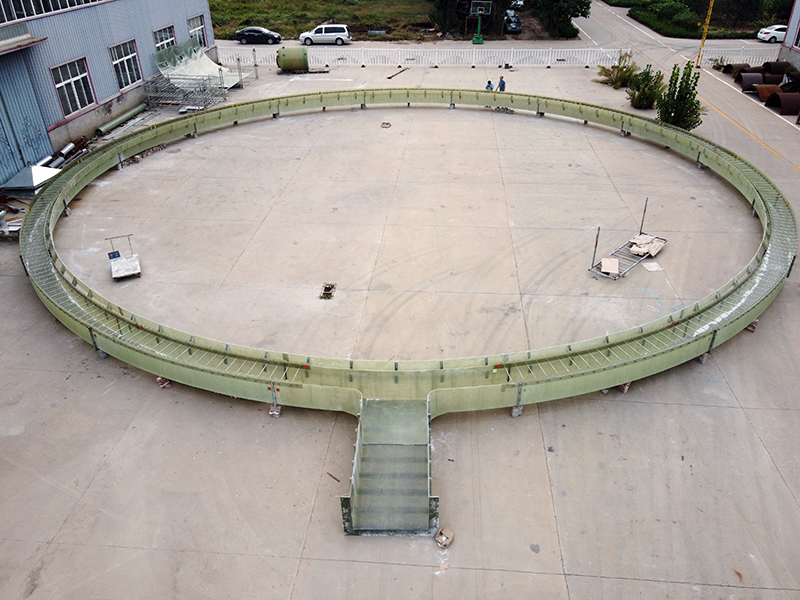
-
 Afrikaans
Afrikaans -
 Albanian
Albanian -
 Amharic
Amharic -
 Arabic
Arabic -
 Armenian
Armenian -
 Azerbaijani
Azerbaijani -
 Basque
Basque -
 Belarusian
Belarusian -
 Bengali
Bengali -
 Bosnian
Bosnian -
 Bulgarian
Bulgarian -
 Catalan
Catalan -
 Cebuano
Cebuano -
 China
China -
 China (Taiwan)
China (Taiwan) -
 Corsican
Corsican -
 Croatian
Croatian -
 Czech
Czech -
 Danish
Danish -
 Dutch
Dutch -
 English
English -
 Esperanto
Esperanto -
 Estonian
Estonian -
 Finnish
Finnish -
 French
French -
 Frisian
Frisian -
 Galician
Galician -
 Georgian
Georgian -
 German
German -
 Greek
Greek -
 Gujarati
Gujarati -
 Haitian Creole
Haitian Creole -
 hausa
hausa -
 hawaiian
hawaiian -
 Hebrew
Hebrew -
 Hindi
Hindi -
 Miao
Miao -
 Hungarian
Hungarian -
 Icelandic
Icelandic -
 igbo
igbo -
 Indonesian
Indonesian -
 irish
irish -
 Italian
Italian -
 Japanese
Japanese -
 Javanese
Javanese -
 Kannada
Kannada -
 kazakh
kazakh -
 Khmer
Khmer -
 Rwandese
Rwandese -
 Korean
Korean -
 Kurdish
Kurdish -
 Kyrgyz
Kyrgyz -
 Lao
Lao -
 Latin
Latin -
 Latvian
Latvian -
 Lithuanian
Lithuanian -
 Luxembourgish
Luxembourgish -
 Macedonian
Macedonian -
 Malgashi
Malgashi -
 Malay
Malay -
 Malayalam
Malayalam -
 Maltese
Maltese -
 Maori
Maori -
 Marathi
Marathi -
 Mongolian
Mongolian -
 Myanmar
Myanmar -
 Nepali
Nepali -
 Norwegian
Norwegian -
 Norwegian
Norwegian -
 Occitan
Occitan -
 Pashto
Pashto -
 Persian
Persian -
 Polish
Polish -
 Portuguese
Portuguese -
 Punjabi
Punjabi -
 Romanian
Romanian -
 Russian
Russian -
 Samoan
Samoan -
 Scottish Gaelic
Scottish Gaelic -
 Serbian
Serbian -
 Sesotho
Sesotho -
 Shona
Shona -
 Sindhi
Sindhi -
 Sinhala
Sinhala -
 Slovak
Slovak -
 Slovenian
Slovenian -
 Somali
Somali -
 Spanish
Spanish -
 Sundanese
Sundanese -
 Swahili
Swahili -
 Swedish
Swedish -
 Tagalog
Tagalog -
 Tajik
Tajik -
 Tamil
Tamil -
 Tatar
Tatar -
 Telugu
Telugu -
 Thai
Thai -
 Turkish
Turkish -
 Turkmen
Turkmen -
 Ukrainian
Ukrainian -
 Urdu
Urdu -
 Uighur
Uighur -
 Uzbek
Uzbek -
 Vietnamese
Vietnamese -
 Welsh
Welsh -
 Bantu
Bantu -
 Yiddish
Yiddish -
 Yoruba
Yoruba -
 Zulu
Zulu
Understanding GRP Flanges and Their Applications in Modern Engineering
Understanding GRP Flanges Structure, Benefits, and Applications
Glass Reinforced Plastic (GRP), also known as Fiberglass Reinforced Plastic (FRP), has revolutionized the engineering and construction industries with its lightweight, high strength, and corrosion-resistant properties. Among the various components derived from GRP, flanges play a crucial role in piping systems, providing a reliable method for connecting pipes, valves, pumps, and other equipment in a range of applications. This article will delve into the intricacies of GRP flanges, elucidating their structure, advantages, and diverse applications.
Structure of GRP Flanges
GRP flanges are typically manufactured through a molding process that incorporates fiberglass strands within a polymer matrix. This composite structure leads to exceptional mechanical strength, chemical resistance, and durability.
A standard GRP flange generally includes several key features
1. Bolt Holes These are strategically placed around the flange perimeter to facilitate the secure attachment to another flange or to a fitting. The precision in bolt hole placement ensures ease of assembly and proper sealing during operation.
2. Raised Face or Flat Design GRP flanges can be designed with either a raised face or a flat surface, depending on the requirements of the bolted joint. A raised face allows for a better sealing surface and is commonly used in high-pressure applications.
3. Standard Dimensions GRP flanges comply with established standards such as ASTM, ANSI, and EN, ensuring compatibility with other pipeline components. Common sizes and types include welding neck, slip-on, and blind flanges.
Benefits of GRP Flanges
The increasing adoption of GRP flanges in various industries can be attributed to their numerous advantages
1. Corrosion Resistance Unlike traditional metallic flanges, GRP flanges are impervious to corrosion from chemical attacks. This makes them ideal for use in harsh environments such as sewage treatment plants, chemical factories, and marine applications.
grp flange

2. Lightweight GRP flanges are considerably lighter than steel or iron alternatives. This reduces shipping costs and simplifies installation, allowing for quicker project completion.
3. Thermal Insulation GRP flanges have low thermal conductivity, which minimizes heat transfer. This is particularly beneficial in applications where temperature control is crucial.
4. Cost-Effectiveness Despite the initial material costs, the long-term savings realized through lower maintenance, reduced replacement frequency, and lower transportation costs make GRP flanges an economical choice over time.
Applications of GRP Flanges
The versatility of GRP flanges allows for their application across various sectors
1. Water Treatment In water supply systems and wastewater treatment facilities, GRP flanges are extensively utilized due to their resistance to both chemicals and decay, ensuring long-lasting performance in wet environments.
2. Oil and Gas The oil and gas sector benefits from GRP flanges in offshore platforms and pipelines where exposure to corrosive substances is common. Additionally, the lightweight nature helps reduce structural loads on platforms.
3. Marine Industry GRP flanges are a popular choice in the construction of boats and ships, where they can be used in plumbing and fuel systems due to their resistance to seawater corrosion.
4. Industrial Applications Various industries, including pharmaceuticals and food processing, use GRP flanges for their non-reactive characteristics, ensuring product integrity and safety.
Conclusion
GRP flanges represent a significant innovation in piping systems, offering a robust and adaptable solution for a wide array of applications. Their unique blend of attributes, including corrosion resistance, lightweight design, thermal insulation, and cost-effectiveness, positions them as a superior alternative to traditional metal flanges. As industries continue to seek efficient and reliable materials, GRP flanges will undoubtedly play an increasingly vital role in future engineering projects. Whether in water treatment facilities or offshore platforms, the impact of GRP flanges is undeniably profound and beneficial.









